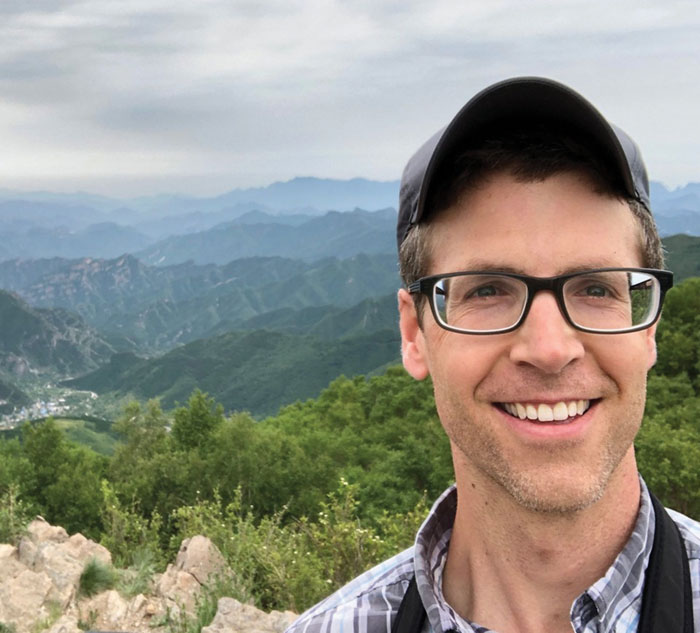Catawba professor writes research for National Geographic
Published 12:00 am Thursday, October 31, 2019

- Submitted photo Catawba College's Dr. Andrew Jacobson
SALISBURY — Andrew Jacobson, assistant professor of geographic information systems and conservation at Catawba College, is the lead author of a National Geographic-funded research paper, “Global Areas of Low Human Impact and Fragmentation of the Natural World.”
Analyses show that while much of the Earth’s terrestrial landscapes have been fully converted to human use, roughly half of all ice-free land has relatively low human impact.
“This is good news for humanity,” Jacobson said. “The findings should inspire governments to move quickly to protect remaining wilderness areas and to also target the protection of the remaining landscapes that contain high biodiversity or carbon.”
In the research, experts at the National Geographic Society, led by Jacobson, mapped human impacts across the globe, identifying areas with low human pressures. This map of global human influence was then applied to identify areas relatively free of human pressure and the size and shape of the remaining habitat fragments.
Jacobson said human activities have resulted in the Earth’s sixth great mass extinction in history. Habitat loss and fragmentation due to human activities are the leading causes of biodiversity loss, he said. These threats are also known to diminish ecosystem services such as pollination, water purification and provisioning, and erosion control, he said.
The research paper is the first time these related threats have been measured, at the same time, for all ecosystems across the planet in comparison to historic levels.
“This paper shows that it is not too late to aim high,” said Jacobson. “We can still greatly increase the extent of the world’s protected areas for the benefit of the planet, biodiversity and, ultimately, people. But we must act quickly. Pressures are mounting and habitat loss and fragmentation are rapidly eroding natural systems and the diversity of species they contain.”
Luke Dollar, chairman of the School for the Environment and Sustainability at Catawba, said the information in this work is the cornerstone of results identifying the planet’s “Last Wild Places” that National Geographic is using to help shape its global conservation strategies.
“This is a true testament to the power of geographic information systems, and I couldn’t be more thrilled that Catawba is home base for Dr. Jacobson,” said Dollar, a National Geographic Explorer.
Jacobson, a conservation biologist, is also a GIST minor coordinator at Catawba. He holds a Ph.D. from University College in London, with research focusing on the distribution of large carnivores in human-dominated landscapes of East Africa.
He has worked as a science and geospatial adviser to the National Geographic Society, helping identify and prioritize protection of wild places throughout the world.
Jonathan Baillie, executive vice president and chief scientist at the National Geographic Society and co-author on the paper, said the research offers a caution.
“The findings demonstrate that our most diverse systems are among the most threatened and even the low-impact areas, which are often less biologically diverse, are fragmented,” Baillie said. “If we wish to meet global climate targets, sustainable development goals, and avert an extinction crisis, we must not only stop land conversion and fragmentation but also encourage greater protection of our remaining natural ecosystems.”
“Taking natural fragmentation into account is an important step in determining the true impact of human-caused fragmentation,” said Jason Riggio of the University of California, Davis. “With that advance, we determined that approximately 50 percent of the remaining Low Impact Areas of three biomes — temperate forests, tropical dry forests and tropical conifer forests — are within one mile of human disturbance. Problematically, we consider our results conservative. Fragmentation is likely even worse than we show.”


